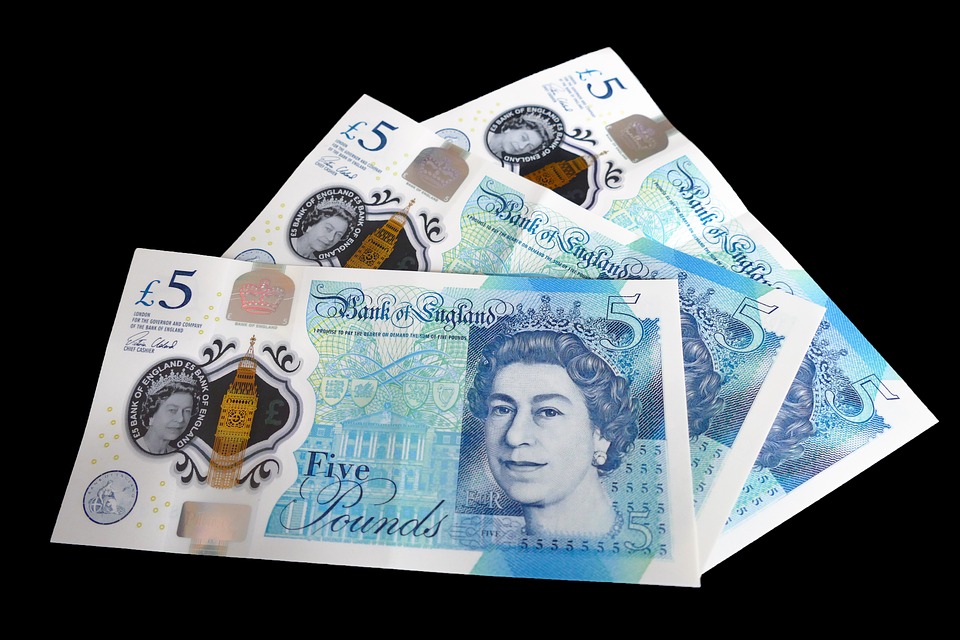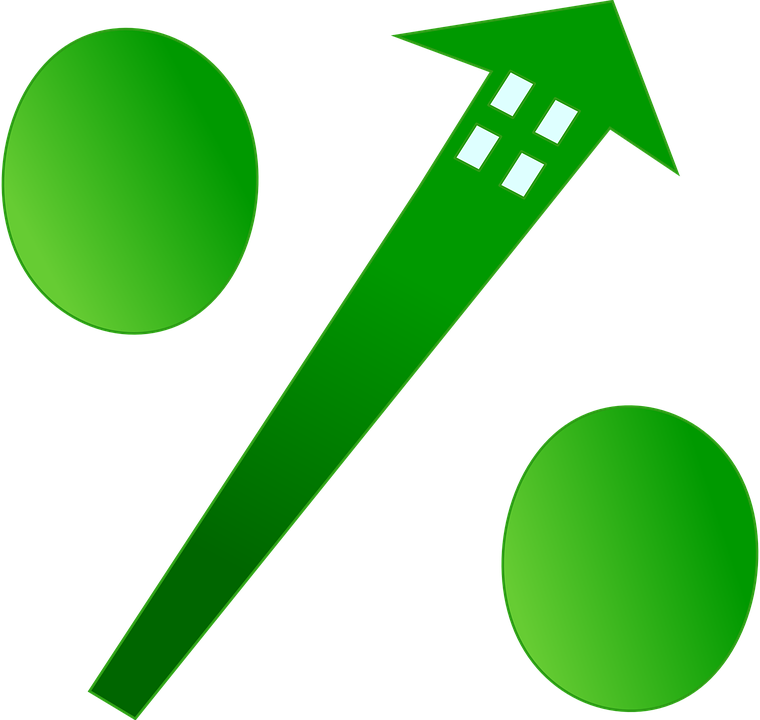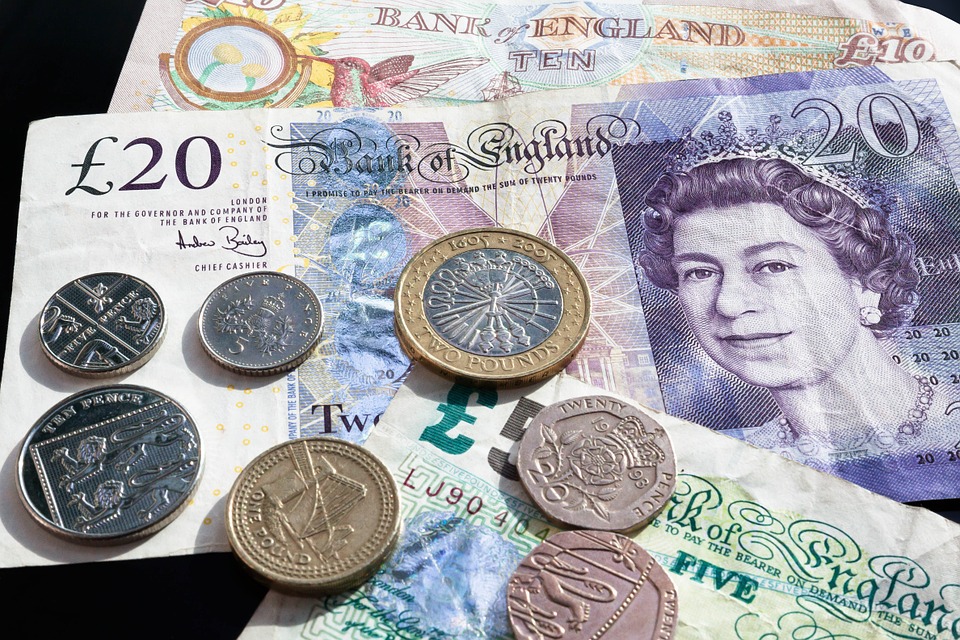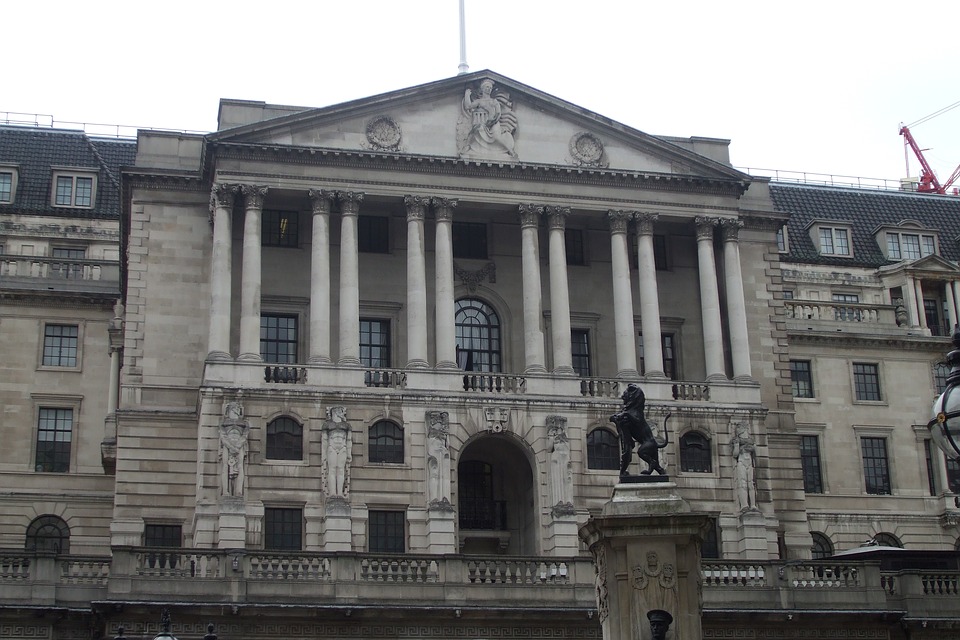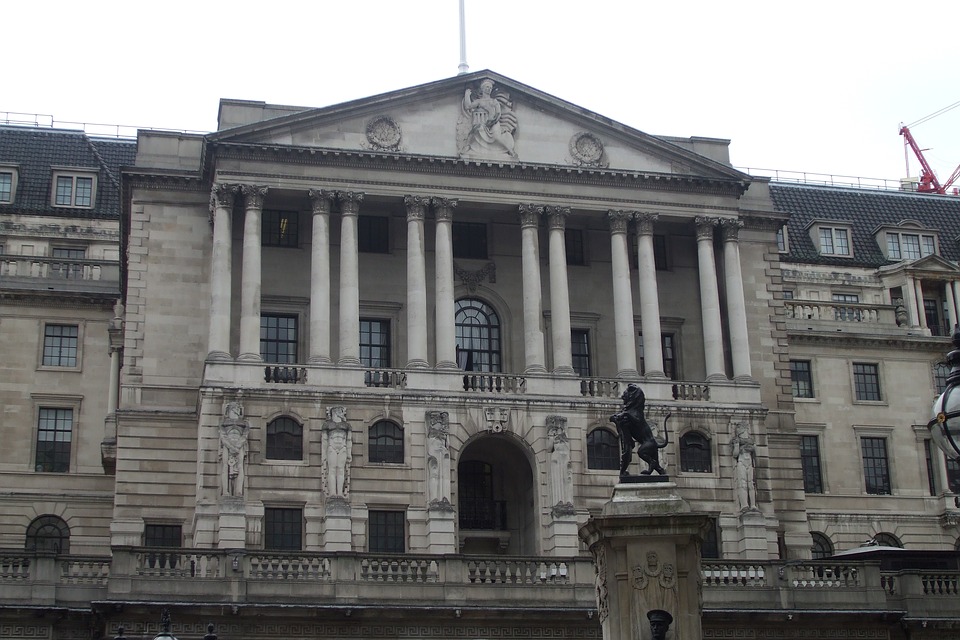- The Bank of England hinted that it is set to hike interest rates in May, but there are signs it could change its mind.
- A rate hike in May is, in the words of bond market guru Mohamed El-Erian “far from a done deal.”
- The wording of the committee’s statement is far less explicit than that in the Bank of England’s statement in September last year, the meeting prior to its November rate hike.
- This suggests some reticence to hike on the bank’s part.
- The make up of the vote of bank’s Monetary Policy Committee also raises concerns.
LONDON — As expected, the Bank of England left interest rates on hold on Thursday, but signalled — in the eyes of most commentators and many in the markets — that a rate hike at the next meeting of its MPC is all but guaranteed.
After hiking rates for the first time since the financial crisis last November, the bank spent much of the rest of the year signalling that it will likely raise rates further in 2018.
Most had expected hikes towards the end of the year, but an unusually upbeat MPC statement in February brought that horizon forward to May.
March’s statement seems to confirm that, with two MPC members voting for an immediate hike, and the bank as a whole saying that “an ongoing tightening of monetary policy over the forecast period will be appropriate” going forward.
However, there are some signs that a move upwards from the current rate of 0.5% to 0.75% in May is, in the words of bond market guru Mohamed El-Erian “far from a done deal.”
“Ignore the split rate vote; the real news is that the Committee has chosen not to signal an imminent rate rise as clearly as it did last year,” Samuel Tombs, chief UK economist at research house Pantheon Macroeconomics said in an email to clients shortly after the decision.
The wording of the committee’s statement, Tombs says, is far less explicit than that in the Bank of England’s statement in September last year, the meeting prior to its November rate hike.
“Back in September—the meeting before it hiked rates in November—the Committee said it would hike ‘over the coming months’. Today, the Committee has not given any time-bound guidance,” Tombs writes.
The main reason for that change of wording, Pantheon’s note argues, is that recent economic data, while fairly solid, has not been as strong as the BoE had expected when it struck its hawkish tone back in February.
“The Committee’s confidence has been knocked by a “few surprises in recent economic data”, which we assume means the below-consensus PMIs, soft retail sales figures and February’s 2.7% CPI inflation rate, which was below the Committee’s 2.9% forecast,” Tombs says.
That leads him to the conclusion that a “rate increase in May still is under active consideration, but the likelihood is nowhere near as high as the 80% chance priced-in by markets before this meeting.”
As a result, Tombs forecasts that “activity and inflation data” will “surprise the Committee to the downside, ensuring that it waits until August to raise interest rates again.”
Two dissenters
Another reason to suspect that the bank may not hike in May as expected is the makeup of Thursday’s decision. The two members of the committee who dissented were Ian McCafferty and Michael Saunders, both widely known as the bank’s most hawkish policymakers.
Saunders and McCafferty tend to move in tandem, and the last time the pair of them dissented to the upside was in June 2017, five months and three meetings before the rest of the MPC came on side. Since last year the bank has changed its meeting schedule, moving to just eight per year.
The bank generally only changes policy on the day of an Inflation Report, as Governor Mark Carney holds a press conference on those days, giving the bank a greater ability to communicate its reasoning behind decisions to the markets and wider public.
With that borne in mind, should the MPC follow the pattern of waiting a quarter of its annual meetings to follow McCafferty and Saunders, it could be August — the first Inflation Report after May — before the BoE hikes, matching the forecast of Pantheon Macroeconomics.
To be sure, this is not a scientific way of working out when the bank will hike, but it might just turn out to be true.
Source: Business Insider

